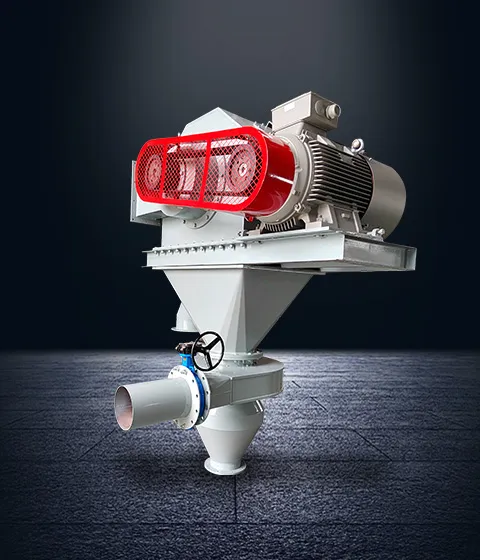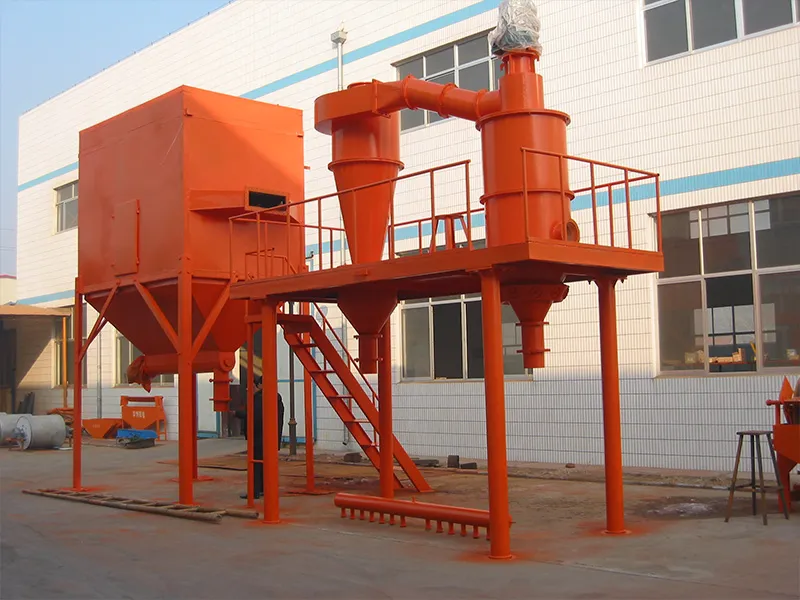An air classifier is a commonly used powder classification device that separates materials into different particle size grades using high-speed airflow. However, the classification efficiency of an air classifier is closely related to the properties and characteristics of the material. This article will discuss the classification efficiency of air classifiers and the differences in efficiency for different materials from multiple perspectives.

1. Classification Efficiency of Air Classifiers
The classification efficiency of an air classifier can be represented by a classification curve, which shows the relationship between particle size and percentage distribution. Generally, the classification efficiency depends on the following factors:
1. Airflow Velocity
Airflow velocity is a critical factor affecting classification efficiency. If the airflow velocity is too low, powder particles may settle in the air and fail to separate effectively. Conversely, if the airflow velocity is too high, excessive impact forces may prevent proper separation. Therefore, optimizing airflow velocity can improve classification efficiency.
2. Classifier Wheel Speed
The speed of the classifier wheel also influences efficiency. A higher rotation speed separates finer particles, while a lower speed allows the separation of coarser particles.
3. Material Consistency and Density
Variations in material consistency and density can impact efficiency. For example, highly viscous materials may cause clogging, reducing efficiency, while denser materials may require higher airflow pressure to achieve the same separation effect.
2. Differences in Classification Efficiency for Different Materials

1. Particle Size Variations
Air classifiers exhibit different efficiencies for materials with varying particle sizes. Typically, they perform best for medium-sized particles, whereas excessively large or small particles are harder to separate. Large particles are too heavy to be suspended by airflow, while ultrafine particles may be carried away by the air.
2. Material Properties and Characteristics
The physical properties of materials also affect classification efficiency. Fibrous or sticky materials, for instance, tend to accumulate in the classifier, forming thick layers that hinder separation. Similarly, materials with poor flowability may pile up during classification, reducing efficiency.
3. What is the classification efficiency of an air classifier? Does it vary for different materials?
As a widely used classification device, the efficiency of an air classifier depends on multiple factors. Properly adjusting parameters such as airflow velocity, classifier screen aperture, and quantity can significantly enhance performance. Additionally, the properties of different materials influence efficiency, so selecting the right classifier based on specific material requirements is crucial.

Conclusion
The classification efficiency of an air classifier is closely tied to material properties. In practical applications, optimization and adjustments must be made according to different materials to achieve the best results. Furthermore, with continuous technological advancements, air classifiers will become even more efficient, providing higher performance, stability, and reliability for powder classification.
EPIC Powder
As a leading manufacturer of air classification systems, EPIC Powder Machinery specializes in high-efficiency classifiers with adjustable parameters to optimize separation for various materials. Our classifiers feature precision airflow control and wear-resistant components to ensure consistent performance across different powder types.

